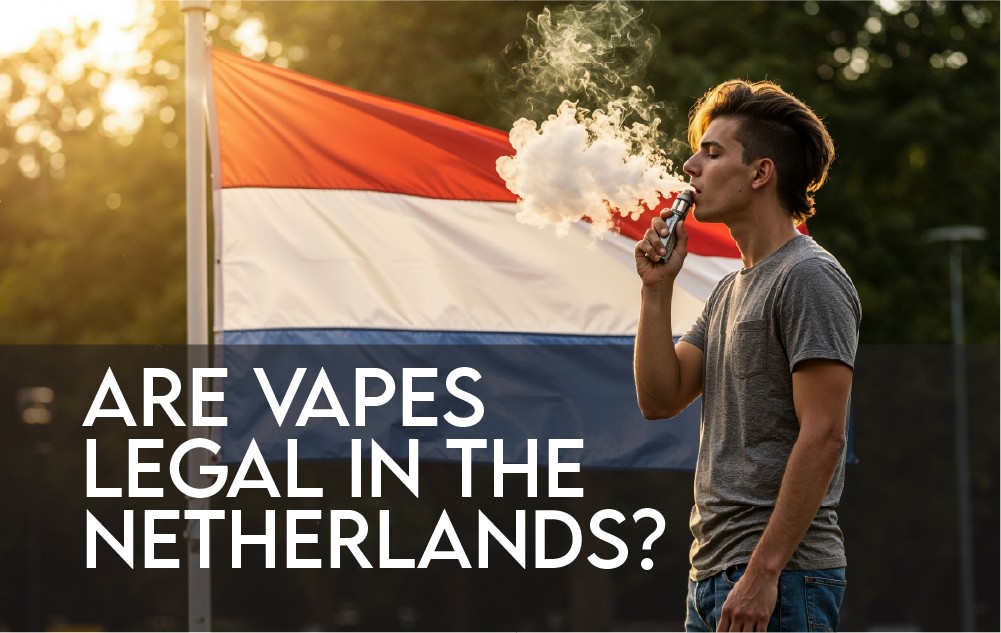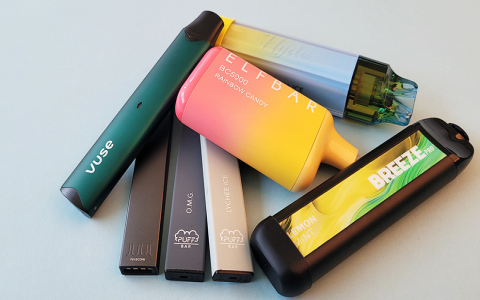Regulatory Framework
Electronic cigarettes in the Netherlands fall under the European Union Tobacco Products Directive (TPD), transposed into national law. Key elements include:
- Minimum age of 18 for purchase, sale, and use.
- Prohibition of advertising, promotion, and sponsorship.
- Mandatory registration of products with the Dutch National Institute for Public Health and the Environment.
- Restrictions on nicotine strength (capped at 20 mg/mL) and tank size (maximum 2 mL).
- Health warnings and information leaflets required on packaging.
Market Overview
The market is characterized by moderate growth, driven by adult smokers transitioning from traditional cigarettes. Key aspects:

- Sales occur primarily through licensed vape shops and online platforms, with strict age verification and distance selling regulations.
- Leading products include open-system and disposable devices, subject to excise taxes similar to tobacco goods.
- Usage prevalence is estimated at around 3-5% of adults, reflecting EU-wide trends.
Health and Public Impact
The Dutch government, through organizations like the RIVM, positions e-cigarettes as harm-reduction tools but emphasizes risks:
- E-liquids may contain toxins, and long-term health effects are under ongoing study.
- Youth usage is monitored; measures include flavor bans to deter underage uptake.
- Public campaigns promote cessation, positioning e-cigarettes as cessation aids only under professional guidance.
Current Developments
Emerging issues include potential stricter legislation on flavors and packaging to align with public health goals. Debates focus on balancing harm reduction against preventing initiation.










